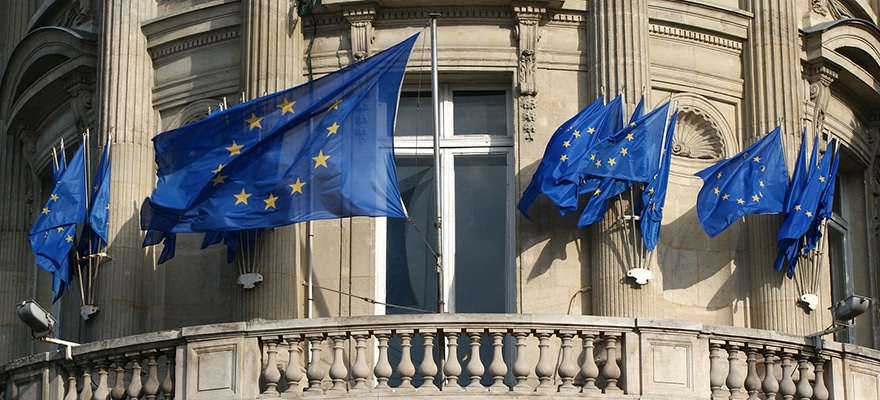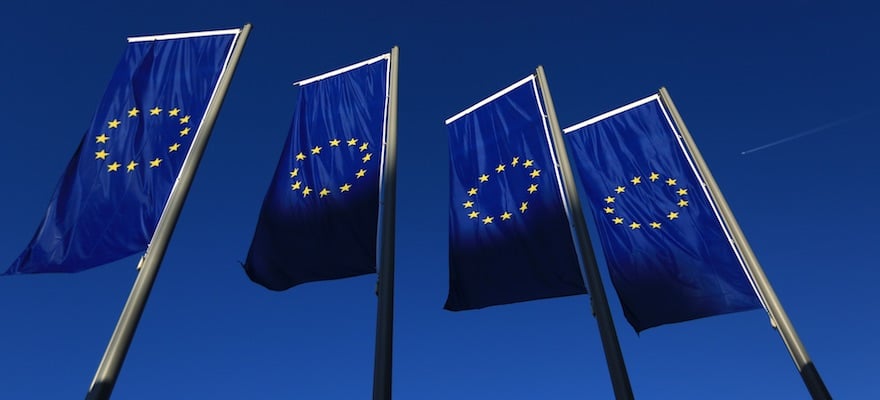This article was written by Charlotte Day, Creative Director at Content Works
The mounting hype around MiFID II is not something to dismiss. Its been said before so it's worth saying again: this updated and wide-ranging legislative framework governing investment intermediaries and the trading of financial instruments in the European Union (EU) is formidable.
Register now to the London Summit 2017, Europe’s largest gathering of top-tier retail brokers and institutional FX investors
Non-compliant companies will get more than a slap on the wrist, so here are a few things you need to understand before you can start to adapt your business strategy accordingly.
MiFID II builds on the original MiFID regulations
MiFID II will build on the MiFID regulations introduced back in 2007. In light of the financial crisis, the new EU trading rulebook will continue to focus on transparency and investor protection while carefully monitoring trading behaviour within the markets.
All eyes will be on smooth Execution with MiFID rules affecting firms who provide services to clients linked to ‘financial instruments’ – and the venues where those instruments are traded.
MiFID II requires thorough planning and preparation
More work – just what you need. If you thought you were busy already, you’re going to need to step things up a gear. Why? Well, the upcoming MiFID II regulations are likely to affect a wide range of your firm’s functions from trading and reporting to client services and IT systems.
Already overworked Compliance teams need to be up-to-date with all the latest rules and with an implementation deadline of 3 January 2018, the industry shakeup is imminent.
Your content marketing strategy will be scrutinized
As investor protection is one of the legislation’s most important goals, your content marketing strategy will certainly be scrutinized. Everything you write on your website, send out to clients, put on a banner or note in the small print needs to be compliant.
All outreach campaigns will be strictly regulated, so whether you pump out articles on a regular basis or write financial news or other informative content to captivate your target audience, you must abide by MiFID II regulations.
The dos and don'ts of content marketing under MiFID II
'There’s so much to think about, where should I even start?' I hear you. Essentially, creative and compliance teams are going to clash unless there’s some serious planning involved. To set you off on the right foot, here are some things you can do.
Specific requirements
MiFID has introduced some very specific requirements when it comes to content marketing. According to the legislation, you must:
- Provide risk warnings where necessary
- Ensure the layout and format of risk warnings give them equal prominence to the remainder of the communication
- Provide forward-looking statements based on relevant scenarios in both positive and negative market conditions
- Be fair, transparent and not misleading
- Disclose all facts and relative information
- Stick to the basics without overselling yourself
- Be prepared – implement a strict editing process or utilize writers clued up on compliance
The don’ts…
- Make guarantees you can’t keep
- Offer recommendations
- Write untrue statements
- Hide costs
- Talk about specific investment products without including disclosure statements
Why you may still get it wrong
So, you’ve read countless articles about the MiFID II updates. You feel confident about the new rules and regulations. You come to update your website or write a brief for a campaign and…bam, you seize up. Is what you’re about to say relevant and correct?
Does it abide by the rules? Should you say this? Can you say that? It really is a minefield. Too much hesitation will have a negative impact on your content marketing strategy. On the other hand, being too eager and ignoring MiFID II altogether will land you in trouble.
You may even think you’ve written something perfect only to discover you really haven’t and have to start from scratch. And as content marketing can improve your online reputation, you can’t ignore it altogether.
This article was written by Charlotte Day, Creative Director at Content Works
The mounting hype around MiFID II is not something to dismiss. Its been said before so it's worth saying again: this updated and wide-ranging legislative framework governing investment intermediaries and the trading of financial instruments in the European Union (EU) is formidable.
Register now to the London Summit 2017, Europe’s largest gathering of top-tier retail brokers and institutional FX investors
Non-compliant companies will get more than a slap on the wrist, so here are a few things you need to understand before you can start to adapt your business strategy accordingly.
MiFID II builds on the original MiFID regulations
MiFID II will build on the MiFID regulations introduced back in 2007. In light of the financial crisis, the new EU trading rulebook will continue to focus on transparency and investor protection while carefully monitoring trading behaviour within the markets.
All eyes will be on smooth Execution with MiFID rules affecting firms who provide services to clients linked to ‘financial instruments’ – and the venues where those instruments are traded.
MiFID II requires thorough planning and preparation
More work – just what you need. If you thought you were busy already, you’re going to need to step things up a gear. Why? Well, the upcoming MiFID II regulations are likely to affect a wide range of your firm’s functions from trading and reporting to client services and IT systems.
Already overworked Compliance teams need to be up-to-date with all the latest rules and with an implementation deadline of 3 January 2018, the industry shakeup is imminent.
Your content marketing strategy will be scrutinized
As investor protection is one of the legislation’s most important goals, your content marketing strategy will certainly be scrutinized. Everything you write on your website, send out to clients, put on a banner or note in the small print needs to be compliant.
All outreach campaigns will be strictly regulated, so whether you pump out articles on a regular basis or write financial news or other informative content to captivate your target audience, you must abide by MiFID II regulations.
The dos and don'ts of content marketing under MiFID II
'There’s so much to think about, where should I even start?' I hear you. Essentially, creative and compliance teams are going to clash unless there’s some serious planning involved. To set you off on the right foot, here are some things you can do.
Specific requirements
MiFID has introduced some very specific requirements when it comes to content marketing. According to the legislation, you must:
- Provide risk warnings where necessary
- Ensure the layout and format of risk warnings give them equal prominence to the remainder of the communication
- Provide forward-looking statements based on relevant scenarios in both positive and negative market conditions
- Be fair, transparent and not misleading
- Disclose all facts and relative information
- Stick to the basics without overselling yourself
- Be prepared – implement a strict editing process or utilize writers clued up on compliance
The don’ts…
- Make guarantees you can’t keep
- Offer recommendations
- Write untrue statements
- Hide costs
- Talk about specific investment products without including disclosure statements
Why you may still get it wrong
So, you’ve read countless articles about the MiFID II updates. You feel confident about the new rules and regulations. You come to update your website or write a brief for a campaign and…bam, you seize up. Is what you’re about to say relevant and correct?
Does it abide by the rules? Should you say this? Can you say that? It really is a minefield. Too much hesitation will have a negative impact on your content marketing strategy. On the other hand, being too eager and ignoring MiFID II altogether will land you in trouble.
You may even think you’ve written something perfect only to discover you really haven’t and have to start from scratch. And as content marketing can improve your online reputation, you can’t ignore it altogether.
















